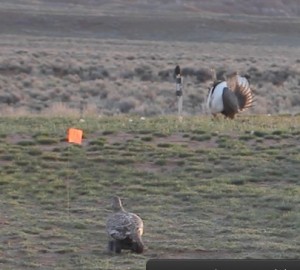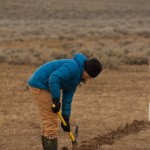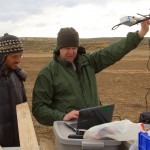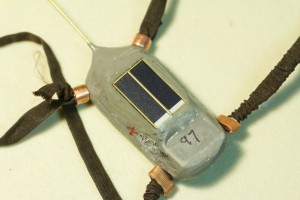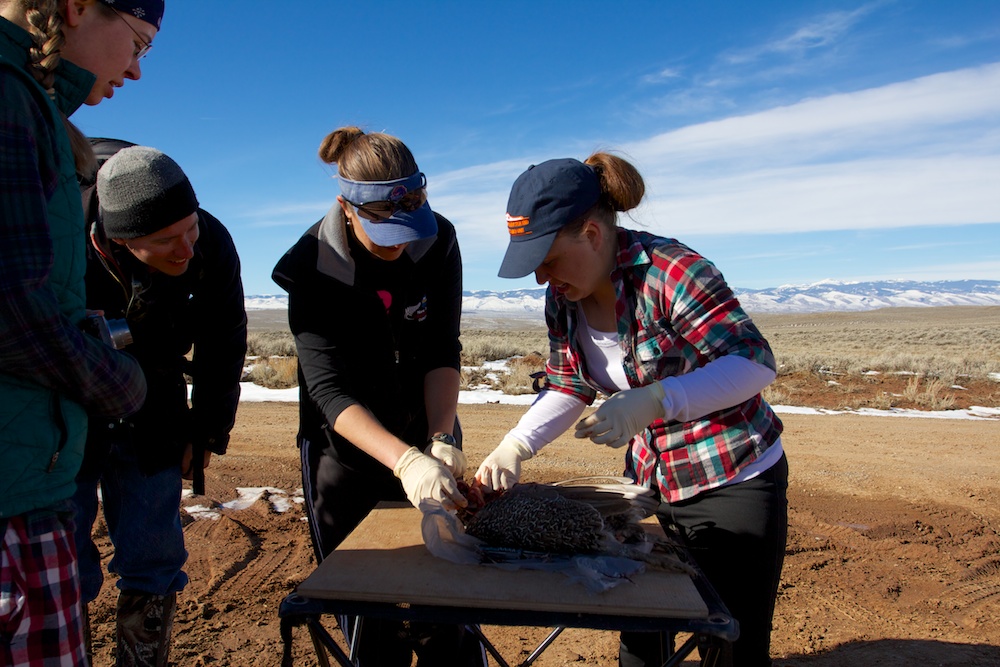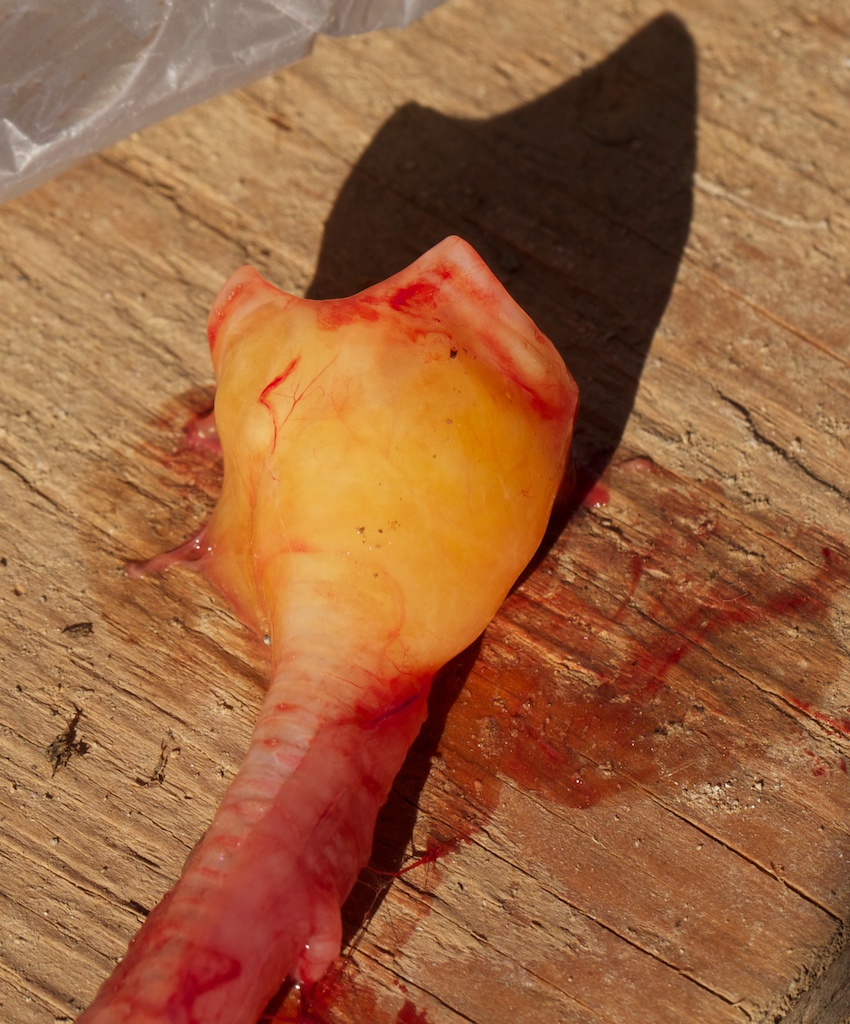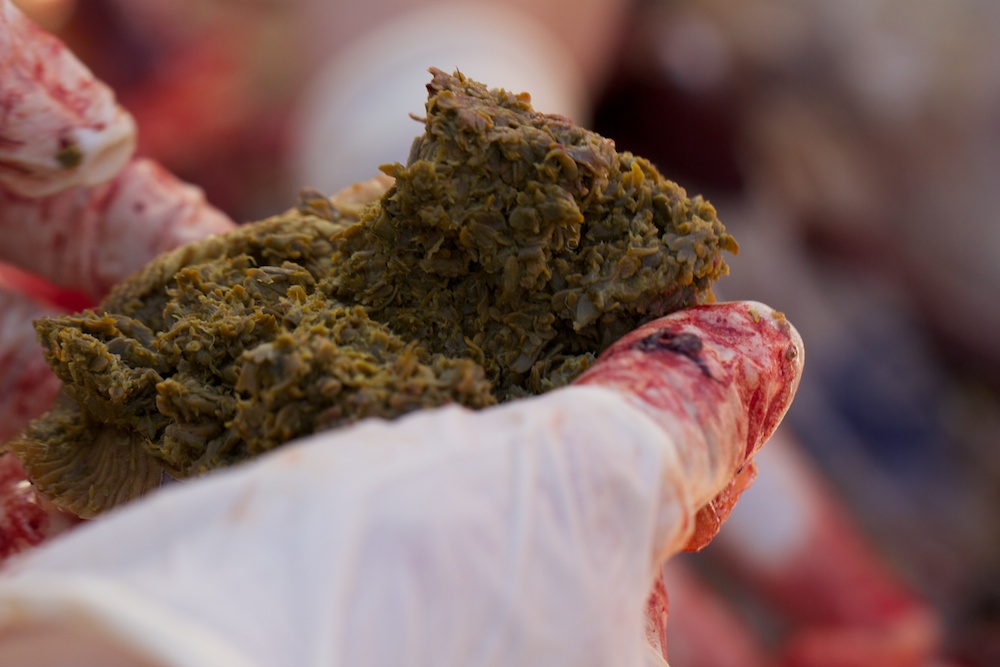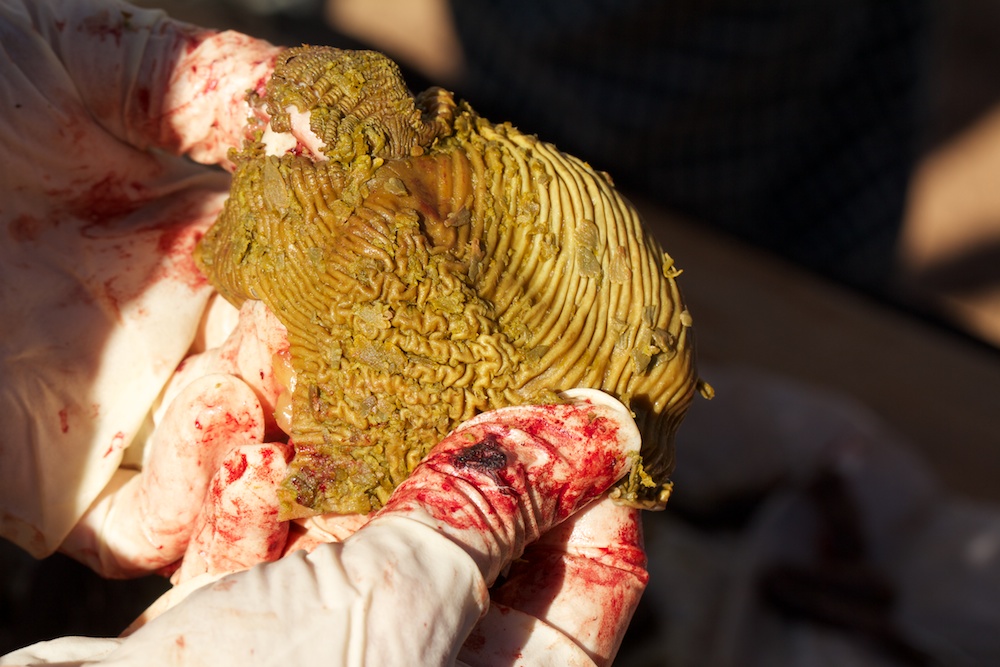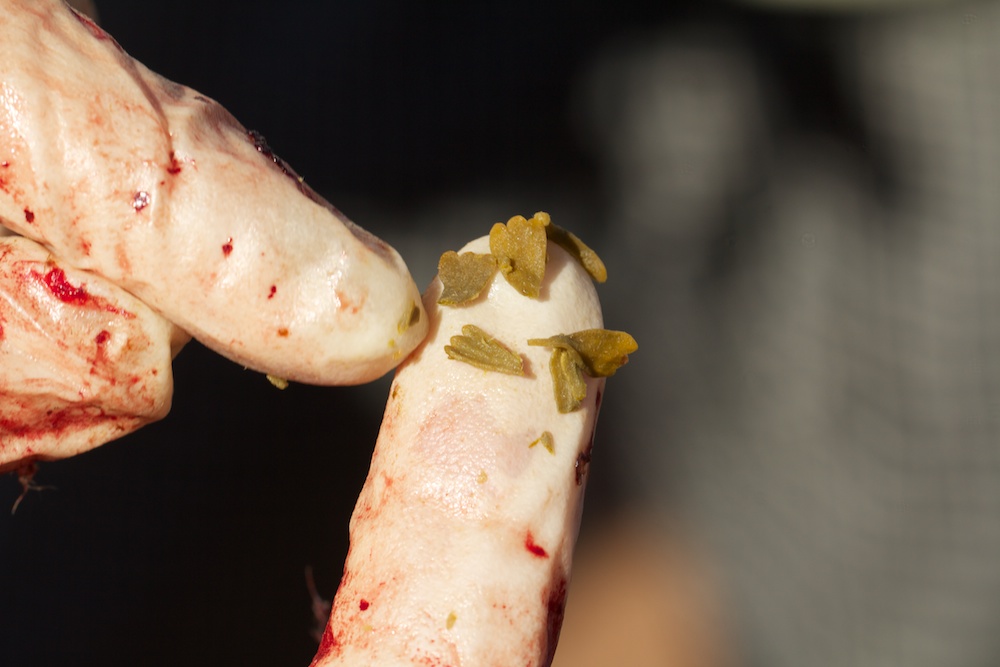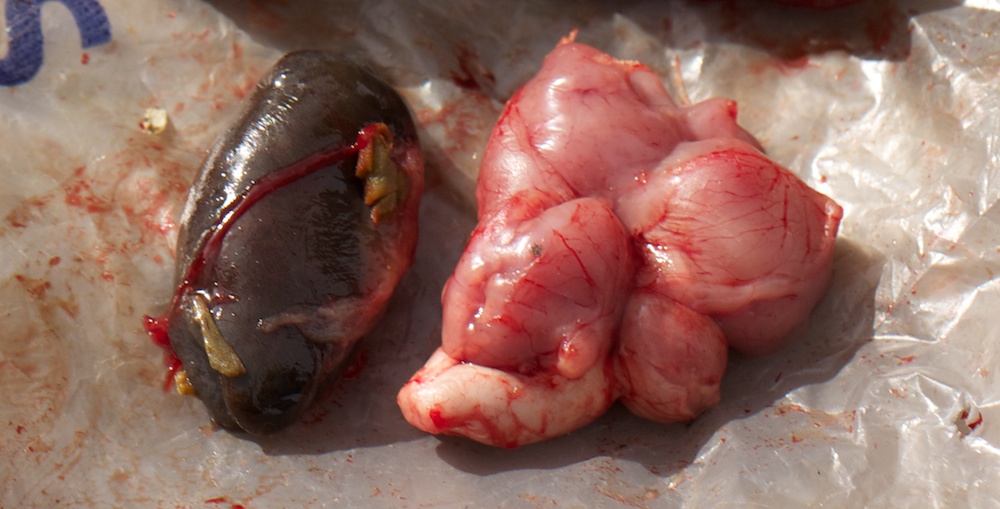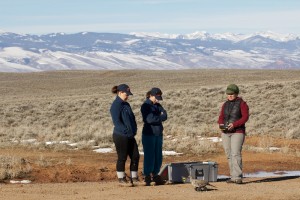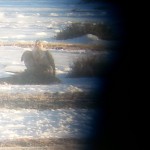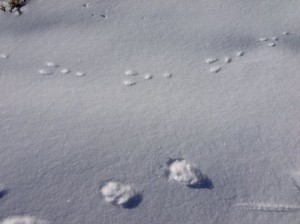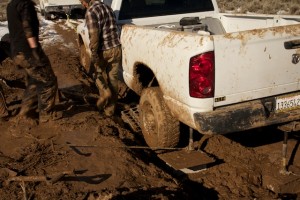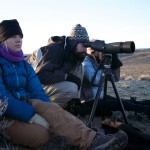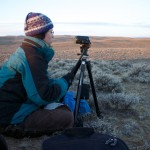Knock on wood, our behavioral tests with the robotic female grouse are going very well this year. With the robots already built, we were able to start right away. We’ve gotten (I think) 10 experiments in already, with hope for another 6 or so in the next few weeks. This has been fun for me, since this is the first time I’ve gotten to do real robot driving. Thus far I’ve driven in three experiments- two at Chugwater Lek and one at Cottontail Lek. A couple of times Gail and I have done simultaneous experiments on different leks- a first for us and a big advance in our ability to collect enough data to answer our questions.
A good experiment requires both opportunity and response. Opportunity comes in the form of males sticking around long enough in the morning to make it worth sending the female out on the lek. As with our previous experiments, we need to have a lek free of live females so we know who the males are courting and so our robot doesn’t need to compete with real females for attention. Some years these female-free windows are hard to come by, and males leave within minutes of the last female departure. Males need to be responsive as well- not too exhausted to care about courting one last female trundling on to the lek. Thus far we’ve done very well on both accounts.
So what are we actually doing this year? Our goals this year is to look at persistence in courtship. How long will a male engage in courtship, and how does this depend on factors such as seasonality and the female’s interest level. We are repeatedly testing males with trials that contain both interested and disinterested behavior, and getting measures (hopefully) early, mid, and late in the breeding season. We think differences in males behavior within each trial, as well as changes in his effort across the season, will reveal a lot about how he allocates his energy and his success on the lek.
Getting to participate in these experiments by actually controlling the robot has been a little stressful but also incredibly rewarding. It can be nerve wracking to drive the robot out and try to make her movements as life-like as possible. Not only do you have to keep the female upright and not tip over, but you have to maintain life-like movements throughout the trial. Don’t move too fast! Keep her head moving periodically! Don’t drive backwards! Aside from this, getting to interact with a wild animal in this way is just an indescribable experience. One recent experiment at Cottontail illustrates this. One male “Circle Butt” approached a little closer than we wanted for our protocol. I backed off a bit, and he also backed off somewhat and returned to his core territory. I moved back towards the intended target area, and “Circle Butt” came back closer. I backed off again, and again he retreated. It was such a thrill to be able to be an active part of this interaction.
A couple of previous posts on our robot experiments here and here. When I get a chance and more bandwidth I’ll add some video, but here’s a clip from 2012.

